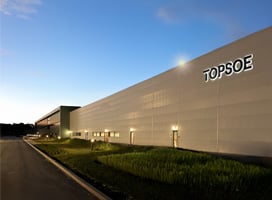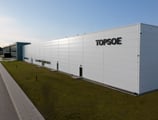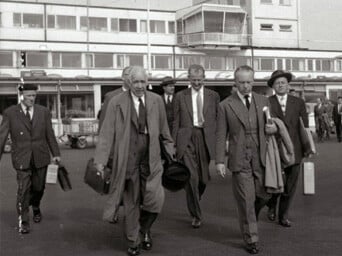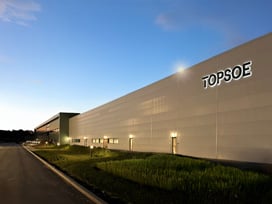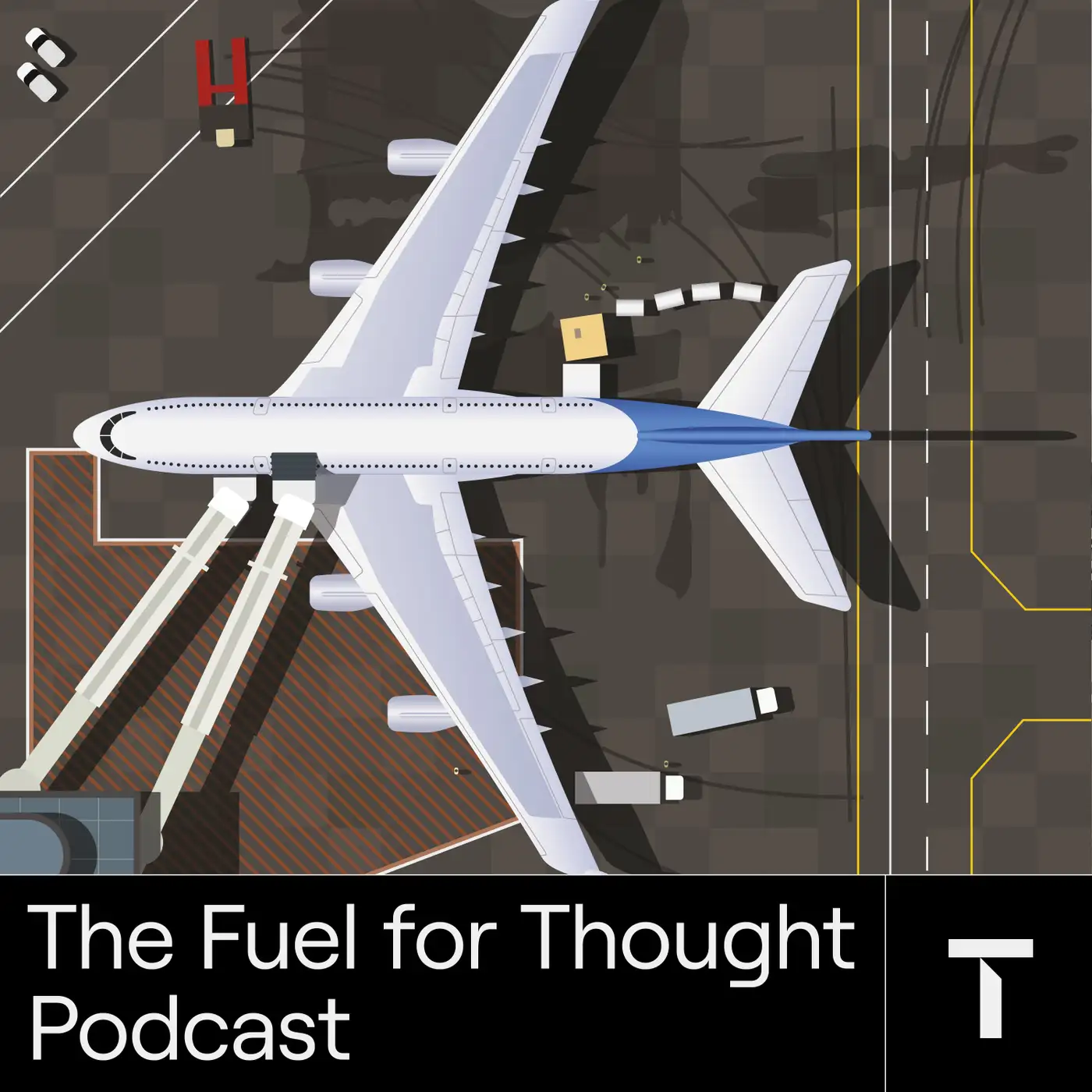Sustainable Aviation Fuel (SAF) continues to be recognized as a crucial solution for driving down the CO2 emissions of the aviation industry. Despite this, SAF currently only accounts for around 1% of the global jet fuel consumption.
SAF is no longer just an idea from clever people in lab coats. It’s a must for low-carbon travel. To fuel knowledge sharing of what it'll take to scale-up SAF, we've composed a new season of SAF TalksTM filmed during our third SAF Summit in Copenhagen in December 2024.
In these videos, leading figures from across the SAF value chain share their latest insights and developments. The industry is far from static, with numerous advancements and innovations actively taking place. We invite you to explore these discussions and stay informed about the dynamic progress within the SAF industry.
.png)

